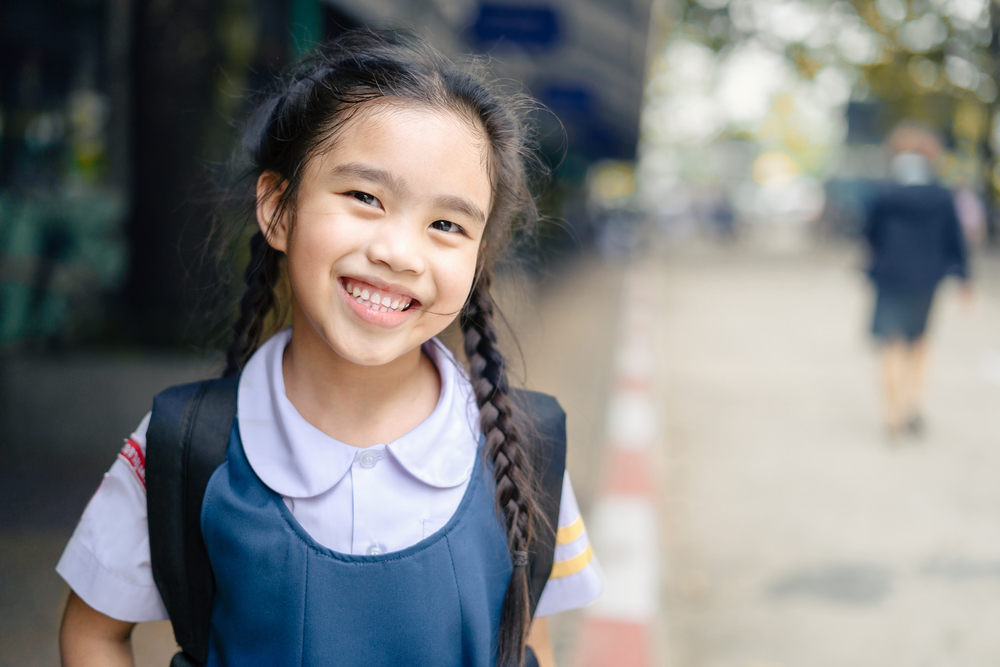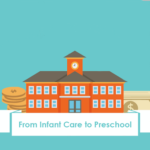
The transition from kindergarten to primary school is a major milestone in your child’s formal education journey. Hence, choosing the right primary school for your young scholar merits some careful considerations.
Which is the best school for your child? What are the factors to consider?
We collated some tips to help you make the right choice so that when the annual Primary 1 registration rolls around, you can decide which primary school is most suitable for your child.
Things to Note for the Primary 1 Registration
Many parents begin their decision process as early as two years prior to the Primary 1 registration. This is because they can gain an advantage in getting into some schools via volunteer work. You register your child for mainstream primary school when your child turns 6 (last year of kindergarten).
According to MOE, the address used for P1 registration must be on the parents’ NRICs and your family must live there for at least 30 months from the start of P1 registration. Any violation of the address during registration will result in penalties such as having your child transferred to another school or police investigation.
Tips To Choose The Right Primary School
Your decision on which primary school is the right one for your child largely depends on your family’s needs and preferences.
Here is a list of factors you should consider when choosing a primary school:
1. Distance Between Home and School
Selecting a school that is near your home will save you time and travel costs. If you have more than one child, you may wish to think about the logistics that makes it easier to drop and/or pick up your children to and from school. A school with closer proximity to home is also more convenient for you as a parent volunteer in the school, as well as for your child to attend CCAs.
Also, the primary 1 registration offers priority to Singapore Citizens and Permanent Residents who live closer to the preferred school when balloting. This priority admission is given first to Singapore Citizens then to Permanent Residents (PR). It is also allocated in this order: first admissions to those who live within 1km of the school, followed by those who live between 1km and 2km of the school, then those who live outside 2km of the school.
2. Single Sex or Co-ed Schools?
Parents can also decide on whether to place their child in single sex or co-ed schools based on their or their child’s preference.
Although both have their own merits, single sex schools tend to have CCAs or activities catered to that particular sex.
For example, all-girls school have more arts or performance activities while all-boys schools have more sports programmes. Some parents prefer co-ed schools as they want their children to be comfortable when socialising with the opposite sex.
3. School Culture and Values
Every school has their own individual culture and values. A primary school that shares similar cultural heritage (Chinese, Eurasian, Malay) and reflects the personal values can be an ideal environment to raise your child in. Parents can also consider schools that share the same faith or religion to support your lifestyle or philosophy.
4. CCA Offerings
Some kids reveal their interests at an early age. Consider whether the school you choose have the facilities or capabilities to support the pursuit of your child, be it art, performance, sports or music.
5. Affiliation to Secondary Schools
There is an advantage to choosing a primary school with an affiliation to secondary school. This is because the entry requirements for affiliates are lower compared to those from non-affiliated primary schools. This may help reduce some stress during the milestone exams like PSLE.
6. Availability of Student Care
By 2020, all primary schools in Singapore will have school-based student care centres. According to MOE, these in-house centres offer services such as homework supervision, tuition for pupils after school, meals and games. Click on this link for an updated list of primary schools in Singapore with school-based student care centres.
Fees range from $260 to $290 monthly before subsidies. You can get up to 98% subsidy of fees through the Ministry of Social and Family Development’s (MSF) Comcare. Click on this link to see if you qualify for the subsidy.
7. Mother Tongue Languages
Singapore is a multilingual nation. There are three official mother tongue languages in our education curriculum: Chinese, Malay and Tamil. Some schools offer all three, while others only offer one – Chinese. You might want to consider a school that can help your child to fully immerse in their cultural heritage.
8. Special Education Needs
Some schools are better equipped to cater to children with special education needs like dyslexia. Consider giving your child a professional assessment to get a clear diagnosis. This will help with your decision on schools.
Click on this MOE link to find out more about schools that can cater to their learning needs.
We hope this post helps you through the decision process of selecting the right primary school for your child.
Best of luck in the exciting new phase of your child’s education journey.























